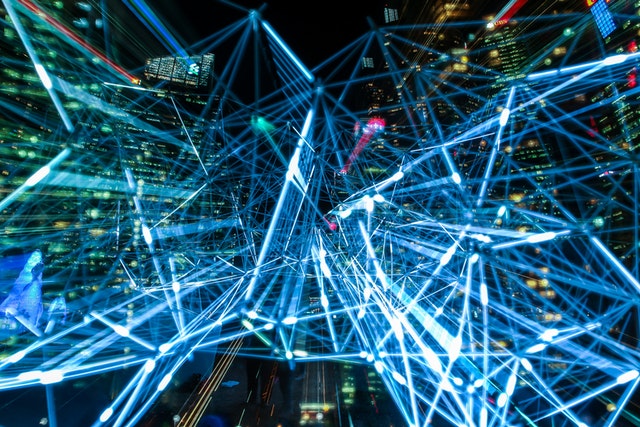Introduction: Deep learning is a form of Artificial intelligence that uses algorithms to learn from data. It is a branch of machine learning and AI that imitates the way humans gain certain types of knowledge. By being blasted with millions of data points, deep learning can distinguish basic features such as edges or contours. This technology has been used in various applications, including object recognition, natural language processing, and image classification. As it continues to become increasingly popular in the tech world, it is important to explore how deep learning impacts our privacy and how it can be used to protect it. Technology is becoming more embedded in our daily lives by the minute and companies must use data to their advantage if they want to improve productivity, increase retention and drive revenue. In this article we will discuss the various ways in which deep learning affects our privacy interests and how we can use this technology for good.
Privacy Concerns
Deep learning is a powerful tool that can be used to identify patterns in user data, infer information about users, and identify sensitive information. This has the potential to lead to a loss of privacy for individuals as their data is being used without their knowledge or consent. Additionally, deep learning models can be used to identify individuals from their data, leading to a loss of anonymity. Furthermore, deep learning models can be used to infer personal information such as age and gender which could lead to further privacy concerns.
The use of AI/ML and big data in the financial sector has been increasing rapidly over the past few years due to its ability to provide insights into customer behavior and preferences. However, this technology also raises some serious privacy concerns due to its ability track user data and monitor individual activities. Deep learning models are particularly concerning because they can be used not only for tracking but also for identifying individuals from their data or inferring personal information such as age or gender without consent or knowledge of the individual involved.
Covariate shifts are another issue that arises when using deep learning algorithms since it is possible for the algorithm’s input during use differ from what was trained on it initially which could lead further privacy issues if not addressed properly. Moreover, AI-based insurance companies have started using cognitive insights derived from deep learning models which could potentially create profiles of customers based on sensitive financial information leading again towards a lack of privacy protection for those involved in such services.
In conclusion, while deep learning provides many benefits when it comes down analyzing large datasets there are still some serious concerns regarding its impact on user’s privacy that need addressing before these technologies become more widely adopted by businesses around the world
Protecting Privacy
Protecting privacy is an important part of any deep learning project. To ensure that data is not misused, it is important to limit the amount of data collected and stored, encrypt the data, and restrict access to only those who need it. Additionally, it is essential to make sure that the data is used for its intended purpose and not for profiling or targeting users with ads. Furthermore, deep learning models should be trained on representative datasets in order to prevent bias in results or decisions. To further protect user privacy, companies can use IBM’s AI Privacy Toolkit when collecting machine learning data. Data preparation for machine learning projects should also be done responsibly by cleaning the data and ensuring its accuracy and reliability throughout its lifecycle with measures such as information security components like confidentiality and integrity protocols. Finally, potential threats associated with current methods of collecting machine learning data should be identified in order to protect user privacy from malicious actors.
Conclusion
Deep learning has the potential to revolutionize the way we interact with technology, but it also carries risks to our privacy. It can be used to track and monitor user data, identify individuals from their data, and infer sensitive information about them. To protect ourselves from these risks, it is important to limit the amount of data collected and stored, ensure that data is used for its intended purpose, and train deep learning models on representative datasets. AI can be utilized to identify individuals across multiple devices and recognize human activity patterns. If privacy considerations are not taken into account when using deep learning methods such as machine learning or predictive modeling, there is a risk of being easily identified or having personal information leaked. By understanding these risks associated with deep learning and taking steps to protect our privacy interests, we can ensure that our data remains secure while still enjoying the benefits of this powerful technology.




Be First to Comment